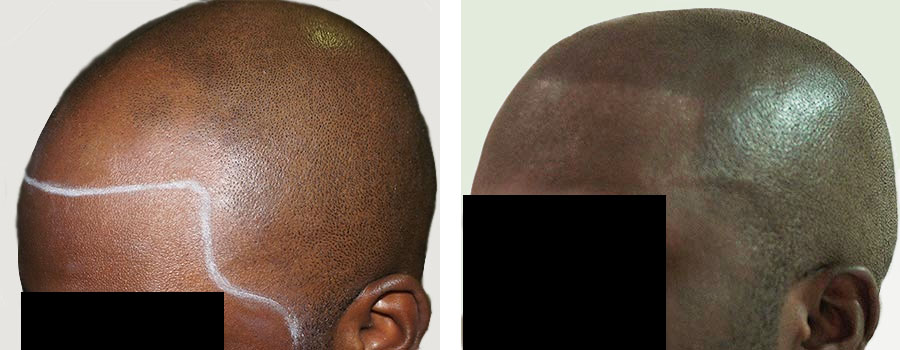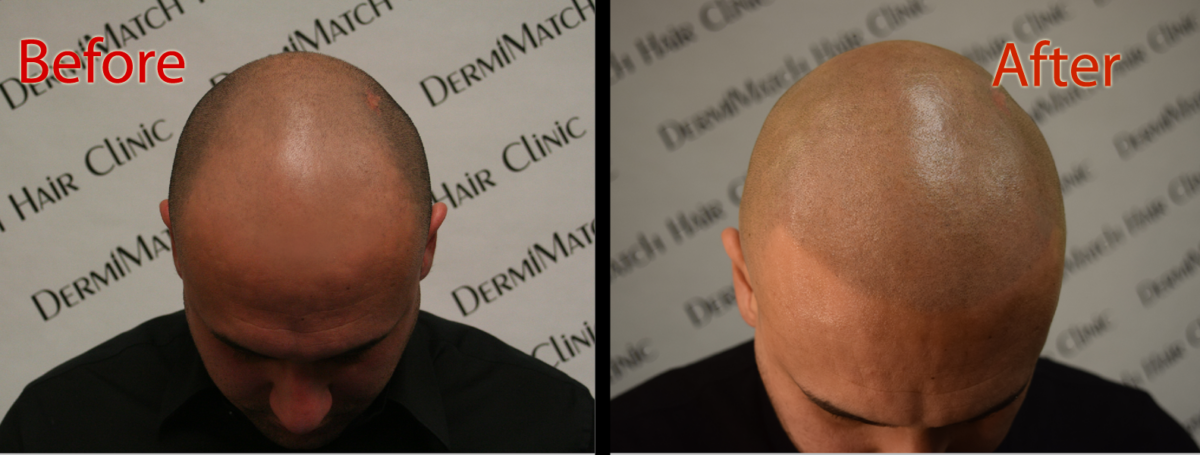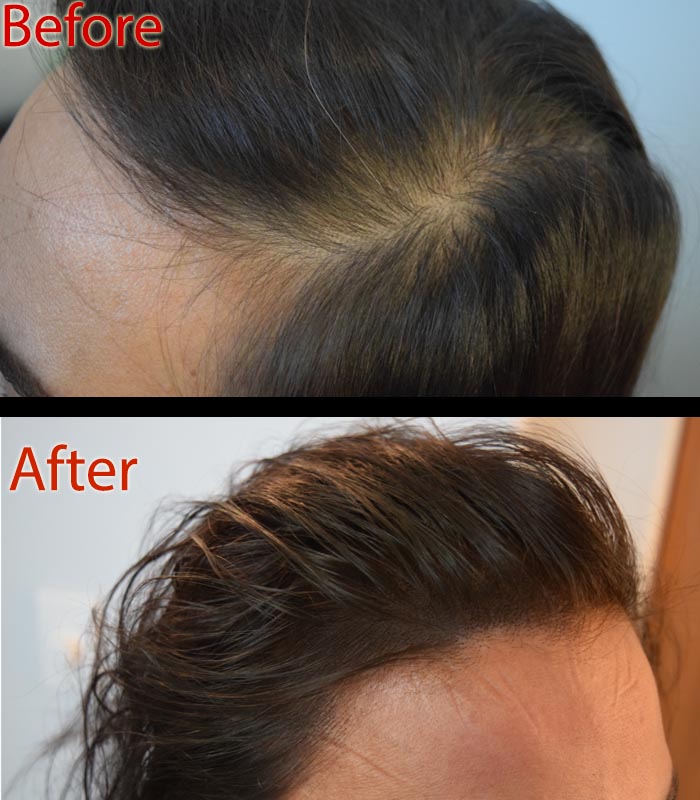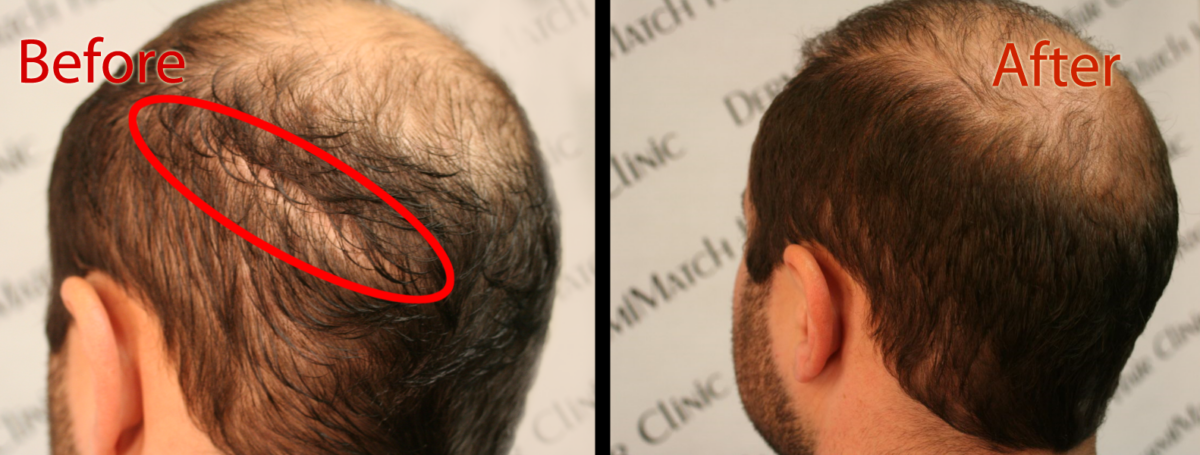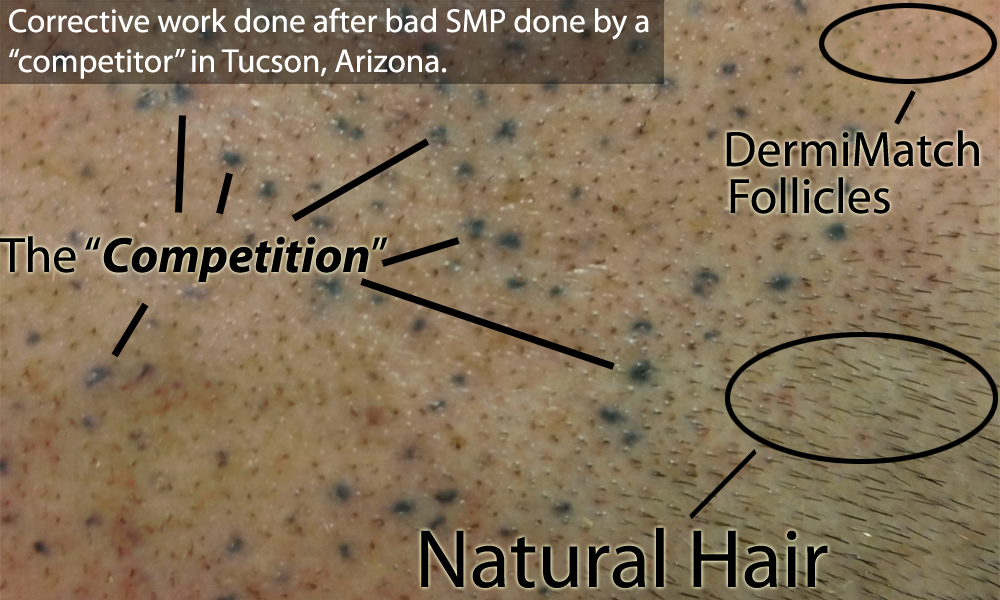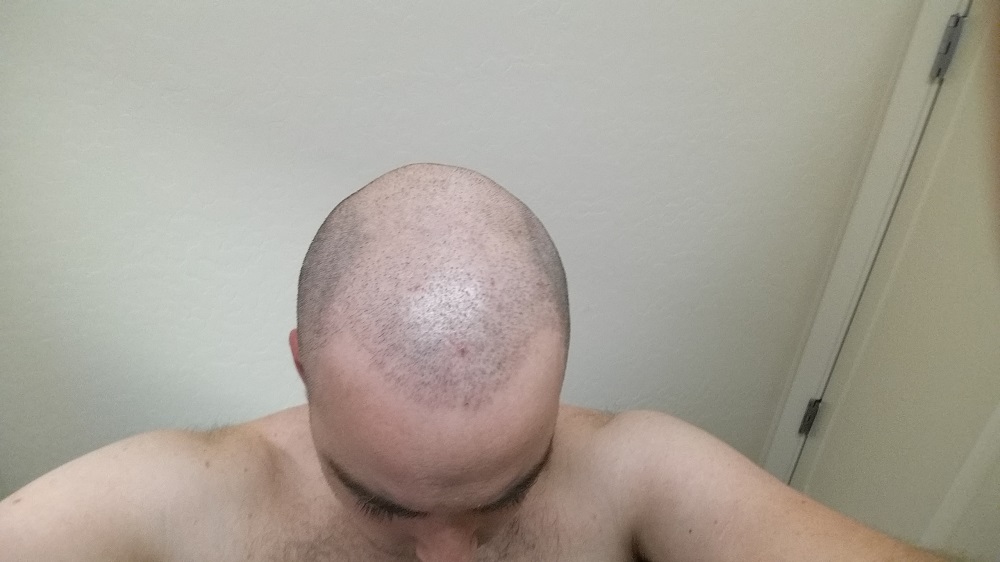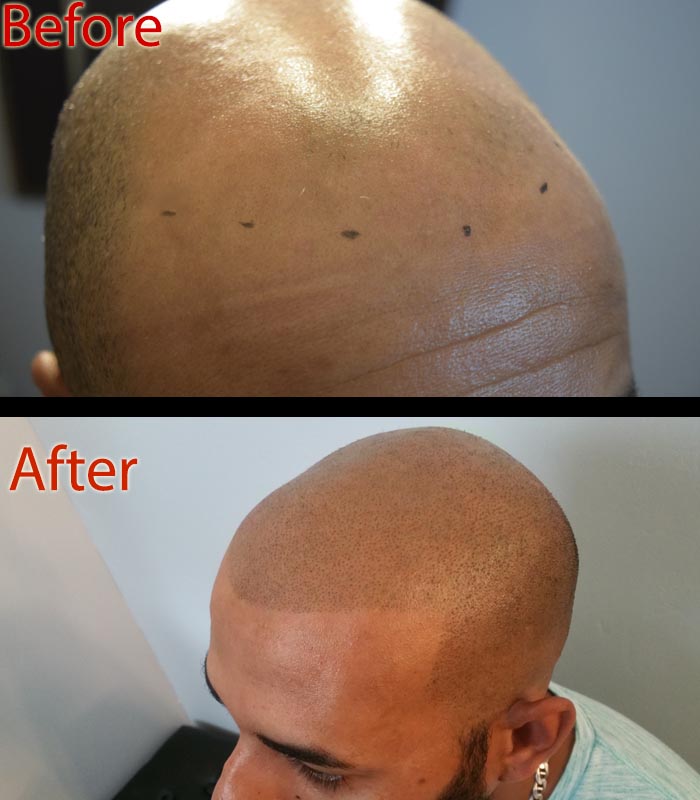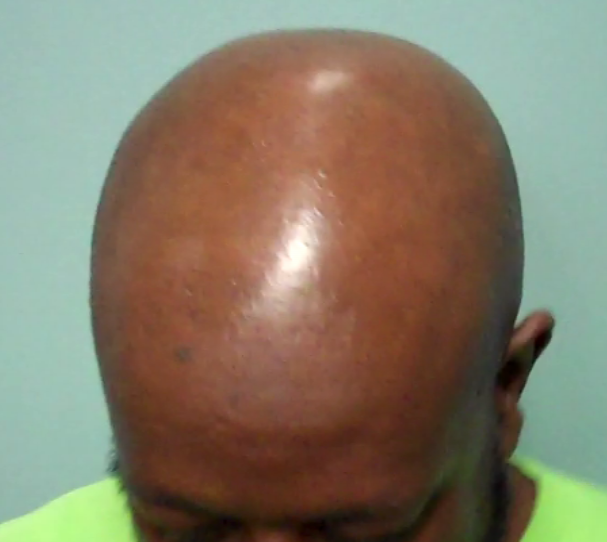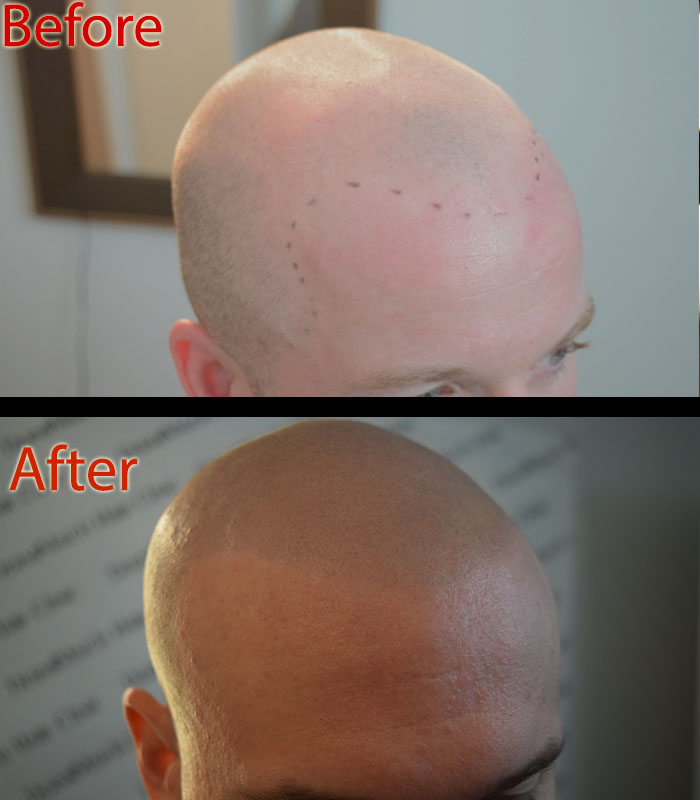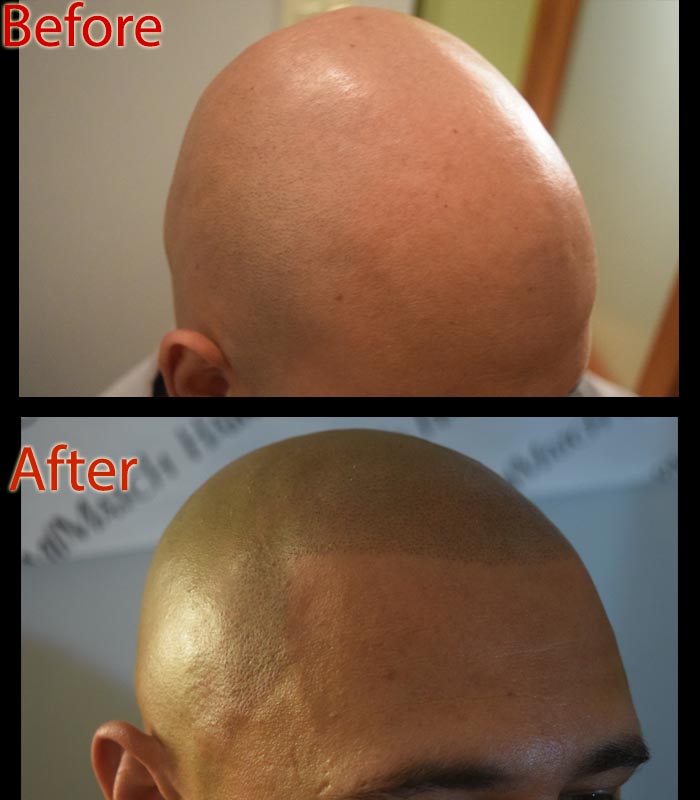Anyone planning to do scalp micropigmentation for hair thinning is often worried about its effect on existing hair. Their main concern is whether SMP blends with natural hair. The goal of scalp micropigmentation is to create a realistic appearance in which SMP and natural hair look alike. During each session, scalp artists focus on creating a uniform scalp look so the end result looks natural.
Will SMP Blend With My Hair?
When the best scalp artists do micropigmentation, they focus on mimicking the look of natural hair. So blending helps them achieve a gradient of pigment in the scalp. After the first session, the color may get a little lighter, so the SMP practitioner tries to get closer to the original hairline in the succeeding sessions. Their aim is to go darker to recreate the look of natural hair.
Not everyone is skilled to do the job perfectly. An unskilled practitioner or a tattoo artist cannot do the job of blending SMP with existing hair.
How do I make SMP look natural?
Cut or shave the surrounding hair to an optimal length so that they do not look too long and create an unrealistic appearance. SMP can create a three-dimensional real hair look when a skilled practitioner is at the job. They can effortlessly fill the pigment between thinning areas to get that fuller, thicker look.
Top scalp practitioners can help you return to life as usual without the fear of your scalp looking fake.
Will SMP stop hair growth?
No, the cosmetic procedure does not promote hair growth or hinder it. The treatment won’t stop hair loss, either. Follicles are located 4 mm deep in the skin, while SMP needles go only 2mm deep to deposit the pigment. That means they never reach the follicles, thus ruling out any potential risk of damage to natural hair.
The treatment aims to add micro dots that look like thicker hair.
How To Find A Reputable Clinic
Now the most important aspect here is to find the best scalp artist in Phoenix. It is a good idea to get references from family or friends who have undergone the same procedure before and are happy with the results.
Or you can explore online reviews of scalp artists to get a better picture. Look for a scalp practitioner with the skills and experience to do the job. The goal is to find one who has had the experience of working on similar scalp problems and creating the results you seek for.
Once you have made a list of the scalp practitioners, scheduling an appointment is the next step. During the consultation, ask them as many questions as possible and go ahead with one that gives you confident answers. The most skilled SMP technicians are experts in blending the pigment to match the scalp and hair color.
At DermiMatch Clinic, you will find the most skilled scalp technicians who work hard to obtain a natural look for clients. Their goal is to ensure SMP blends with existing hair. They have been in this field of scalp micropigmentation for decades and have a long list of happy, satisfied clients. Get help from the best Phoenix SMP hands.

